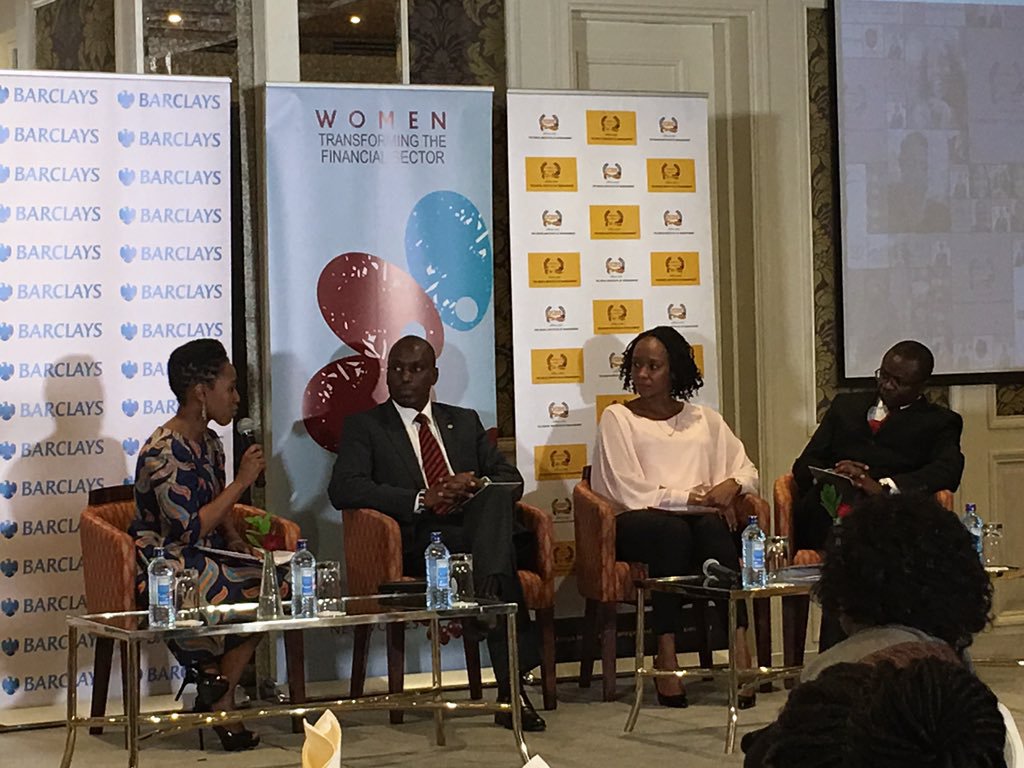Yesterday the Kenya Institute of Management (KIM) launched the 2017 Diversity and Inclusion report. This was a collaboration between KIM, Barclays Bank, the Nairobi Securities Exchange (NSE) and the New Faces New Voices. The report scrutinized the level of diversity in boards and senior management of listed companies across a number of parameter which included gender age and profession.
Being that the last such report was released in 2014, the 2017 report was expected to check whether there has been any progress in these metrics. It took into account the 62 companies which are listed on the NSE however only 52 were responsive which is about 84% making the report fairly accurate.
Here are the findings;
Gender Diversity
Women representation in the board rooms of listed companies stood at 21% in 2017 up from 14% in 2012 and 18% in 2015. Though this is not the ideal situation, Kenya is ahead of some of the developed countries in the western hemisphere like Germany and the United Kingdom where the women representation in board rooms is at 17%. In countries like the United States where one would expect that gender representation would be higher, it stands at 12% with countries like Japan and South Korea at 2%. As such I would say we have something to be proud about.
At the current growth rate, gender parity in our board rooms is expected to be achieved in 10-12 years, basically by 2030. However, some companies like Barclays are way ahead of the pack as they have already achieved gender parity in the board which stands at 50:50 with the ratio of their employees being 48:52. That is male employees being 52% while female being 48%.
The report highlighted that a board of a company which has gender diversity is likely to have better return on investment and profitability as compared to those without.
Age Diversity
The report indicated that the board rooms in Kenya were no place for young people with the average age of board members being 56 years. This board average was lower than the global average of 61 years.
Generally female board members were appointed into boards at a lower age of 48 years as compared to men who were mostly appointed at the age of 52 years.
The report indicated that there was a need to have younger people appointed into boards as they bring with them creativity and a sense of urgency which could prove vital to a company.
Education Diversity
About 48% of board members of board members have Bachelors degrees while 38% have Masters degrees and 7% have PHD’s. According to the report, women tend to be more educated than men with 54% of them having Masters degrees and above as compared to 43% of men who had Masters and above. This gives credence to the fact that women have to work twice as hard as men to be able to break the glass ceiling.
Professional Diversity
Finance based professions accounted for about 50% of the board room careers with accountants, bankers and investment professionals leading the pack. Majority of the board members have accounting background presented by 14%. Most women board members have banking background resented by 27% and while majority of men board men have investment background (16%).
Nationality Diversity
Globally, 24.8% of the board members are non-national and non-national women board members are represented by 25.6%. In the survey, 13% and 22% are nonnational women and men respectively. This is quite small nationality representation of men and women as compared to global figures. Also only 62% of the 52 listed companies reviewed had non-nationals compared to the global average of 79% in listed companies.
The report concluded that gender diversity is the only metric which had the highest effect on financial performance. It is therefore prudent that boards follow the example set by Barclays Bank if they are to remain profitable.


